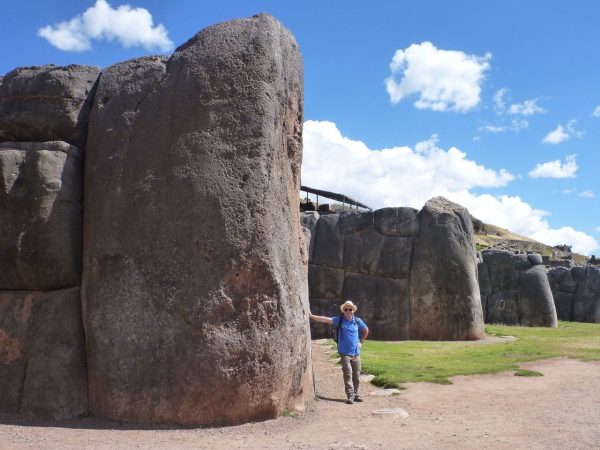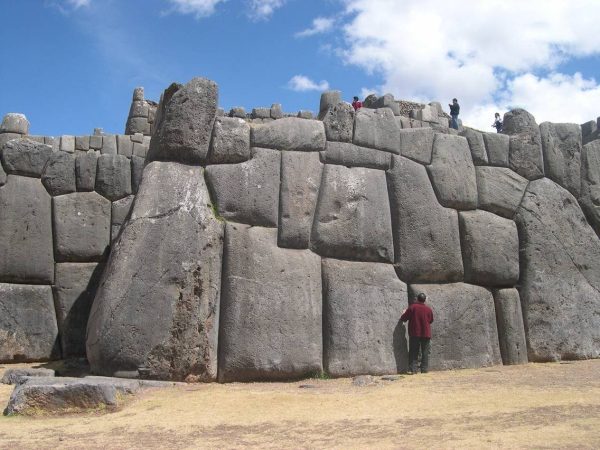
Nestled on the northern outskirts of the enchanting city of Cusco, Peru, lies Sacsayhuamán, an ancient citadel that stands as a testament to the ingenuity and architectural prowess of the Inca Empire. Constructed during the 15th century under the patronage of Sapa Inca Pachacuti and his successors, this remarkable complex continues to captivate visitors with its grandeur and historical significance.
Unraveling the History
Sacsayhuamán, pronounced as “sexy-woman” by locals, holds a paramount position in Inca history and culture. The name itself is derived from the Quechua language, where “saqsay” means “satisfied” or “satiate,” and “waman” refers to a hawk or falcon, symbolizing the Inca’s prowess in war. This imposing fortress served as a ceremonial center, military stronghold, and administrative hub for the Inca rulers.
Architectural Marvels
What sets Sacsayhuamán apart is its remarkable architectural design, characterized by massive stone walls meticulously fitted together without mortar. The precision with which these stones were cut and placed is a testament to the engineering genius of the Inca civilization. The largest stones weigh upwards of 100 tons, yet they fit together with such precision that not even a blade can pass between them.
The site comprises three large terraces that ascend the hillside, each boasting its own set of intricately constructed walls and structures. The most notable feature is the zigzagging walls of the upper terrace, which resemble the teeth of a puma, a sacred animal in Inca mythology.
Cultural Significance

Beyond its architectural splendor, Sacsayhuamán holds profound cultural significance for the Inca people and modern-day Peruvians alike. It is believed to have been a site of religious ceremonies, military rituals, and astronomical observations. The Inti Raymi, or Festival of the Sun, a significant Inca celebration, is thought to have taken place within its walls.
Exploring the Site
Visitors to Sacsayhuamán are greeted by awe-inspiring views of Cusco and the surrounding Andean landscape. The site offers ample opportunities for exploration, with guided tours providing insights into its history, architecture, and cultural importance. Walking along the ancient pathways and marveling at the colossal stone structures, visitors can’t help but feel transported back in time to the era of the Inca Empire.
Preservation Efforts
While Sacsayhuamán has stood the test of time for centuries, it is not immune to the challenges of modernity. Environmental factors, urban development, and tourism pose ongoing threats to its preservation. Efforts are underway to safeguard this cultural treasure for future generations, including conservation initiatives, visitor management strategies, and educational programs.
Conclusion

Sacsayhuamán stands as a symbol of the Inca Empire’s greatness and enduring legacy. Its monumental architecture, cultural significance, and breathtaking vistas continue to inspire wonder and admiration. As visitors traverse its ancient pathways and contemplate its storied past, they are reminded of the rich heritage that defines the region and its people. Sacsayhuamán remains not only a testament to the ingenuity of the Inca civilization but also a timeless reminder of the importance of preserving our shared cultural heritage.
In conclusion, Sacsayhuamán, with its rich history, architectural marvels, and cultural significance, is a must-visit destination for anyone seeking to immerse themselves in the legacy of the Inca Empire and experience the beauty of ancient Peru.





